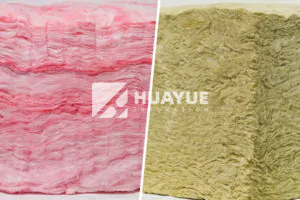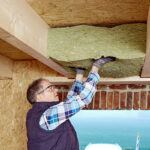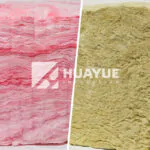What Are Rock Wool Acoustic Panels and How Can They Improve Noise Control?
Loud spaces hurt productivity and comfort—acoustics are often overlooked until it’s too late.
Rock wool acoustic panels use dense mineral fibers to absorb and dampen sound waves, reducing echo and improving room acoustics for office, industrial, and residential settings.
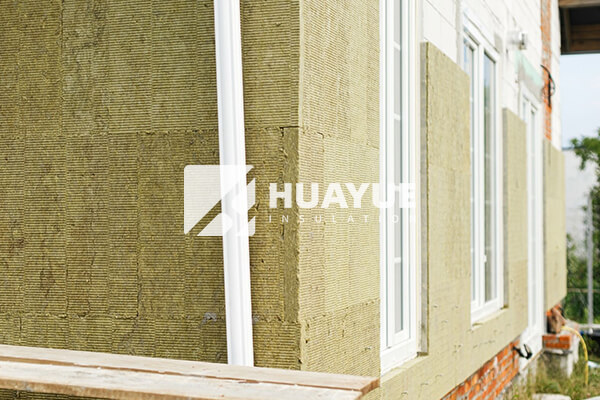
If you just pick any sound panel, you may not get the right result. Choosing the correct density, thickness, and finish ensures you get noise reduction that actually matters.
How Do Rock Wool Panels Work to Control Sound?
Sound waves don’t just bounce around—they can become an ongoing problem.
Rock wool panels absorb sound energy, stopping it from reflecting and creating “reverb.” The open structure of mineral fibers converts sound to small amounts of heat, especially at mid- and high-range frequencies.
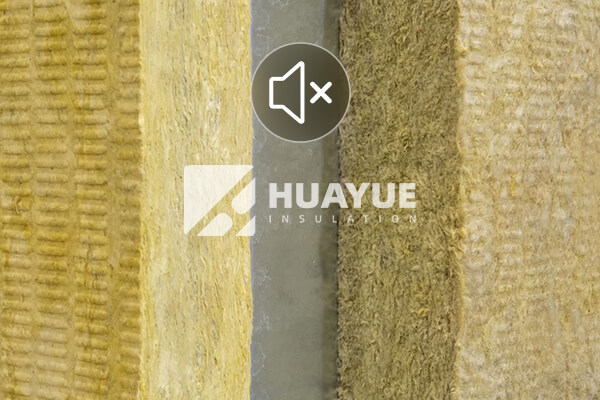
Panel effectiveness is summarized by NRC (Noise Reduction Coefficient):
| Thickness (mm) | NRC Rating (typical) | Best Use |
|---|---|---|
| 25–50 | 0.7–0.9 | Offices, homes |
| 75–100 | 1.0 | Studios, factories |
In my own workspace, switching to 50mm panels dropped background noise instantly, making phone calls clear and meeting rooms productive.
Where Should You Install Rock Wool Acoustic Panels?
Getting placement wrong reduces the benefit.
Put panels:
- On walls in offices, meeting rooms, or auditoriums
- In ceilings, especially above noise sources
- Around machinery, pumps, or noisy HVAC
On a plant floor, we surrounded a test cell with rock wool panels. It made a big difference, cutting the din in half.
How Are Rock Wool Acoustic Panels Installed?
Panels come as boards, tiles, or baffles. Mount them on walls or suspend from ceilings using brackets, adhesive, or rails.
Key steps:
- Position at primary reflection points (opposite sound sources)
- Leave air gap behind the panel for extra absorption
- Space evenly for a uniform look
Mounting is quick and needs no special tools.
What Other Benefits Do Rock Wool Panels Offer?
Besides sound, these panels block fire and improve insulation.
Rock wool panels are fireproof and add a small R-value, helping with both safety and thermal comfort. They don’t degrade or shed fibers with age.
Compared to foam, they resist flame and do not give off dangerous smoke.
Conclusion
Rock wool acoustic panels combine top-notch sound control with fire safety, making them a smart and lasting solution wherever peace and quiet are key.
You may also be interested in:
Ready to Get Started?
Get in touch with our experts for personalized solutions tailored to your needs.
Get Free QuoteLatest Articles
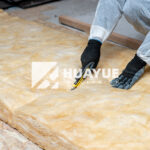
How to Cut Fiberglass Insulation Easily and Safely?
Nov 21, 2025

Does fiberglass insulation burn?
Nov 19, 2025
Let's Work Together
Ready to take your business to the next level? Get in touch with our team of experts and let's discuss how we can help you achieve your goals.
Get Free Solutions

